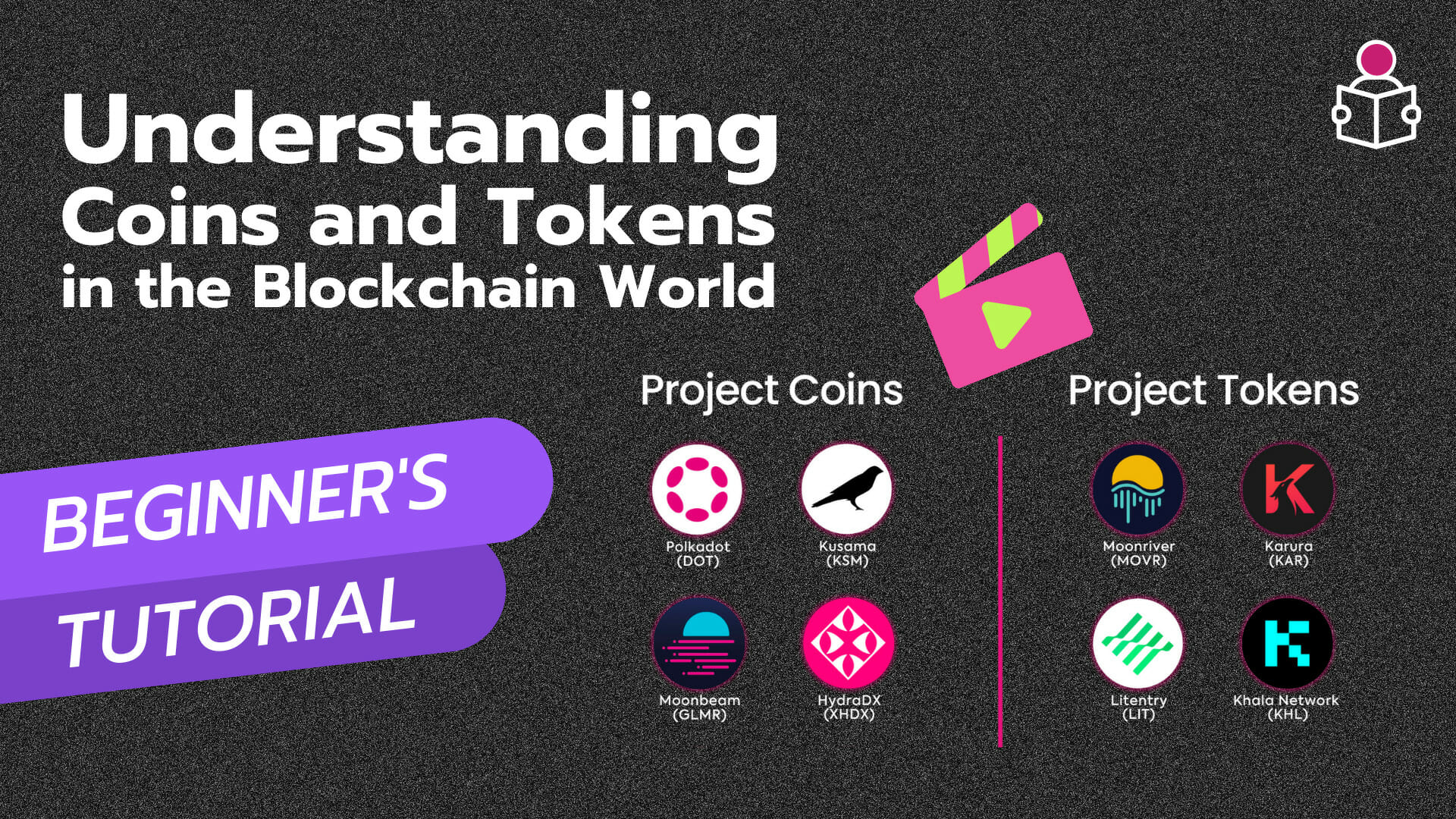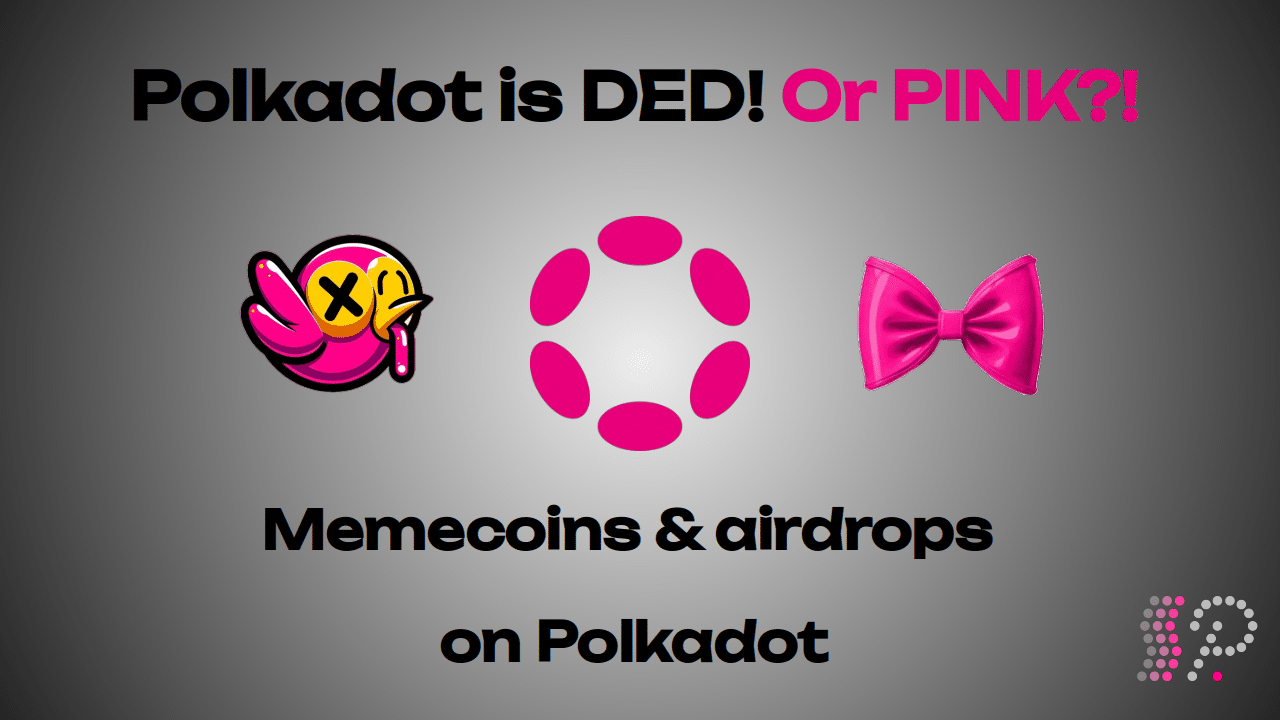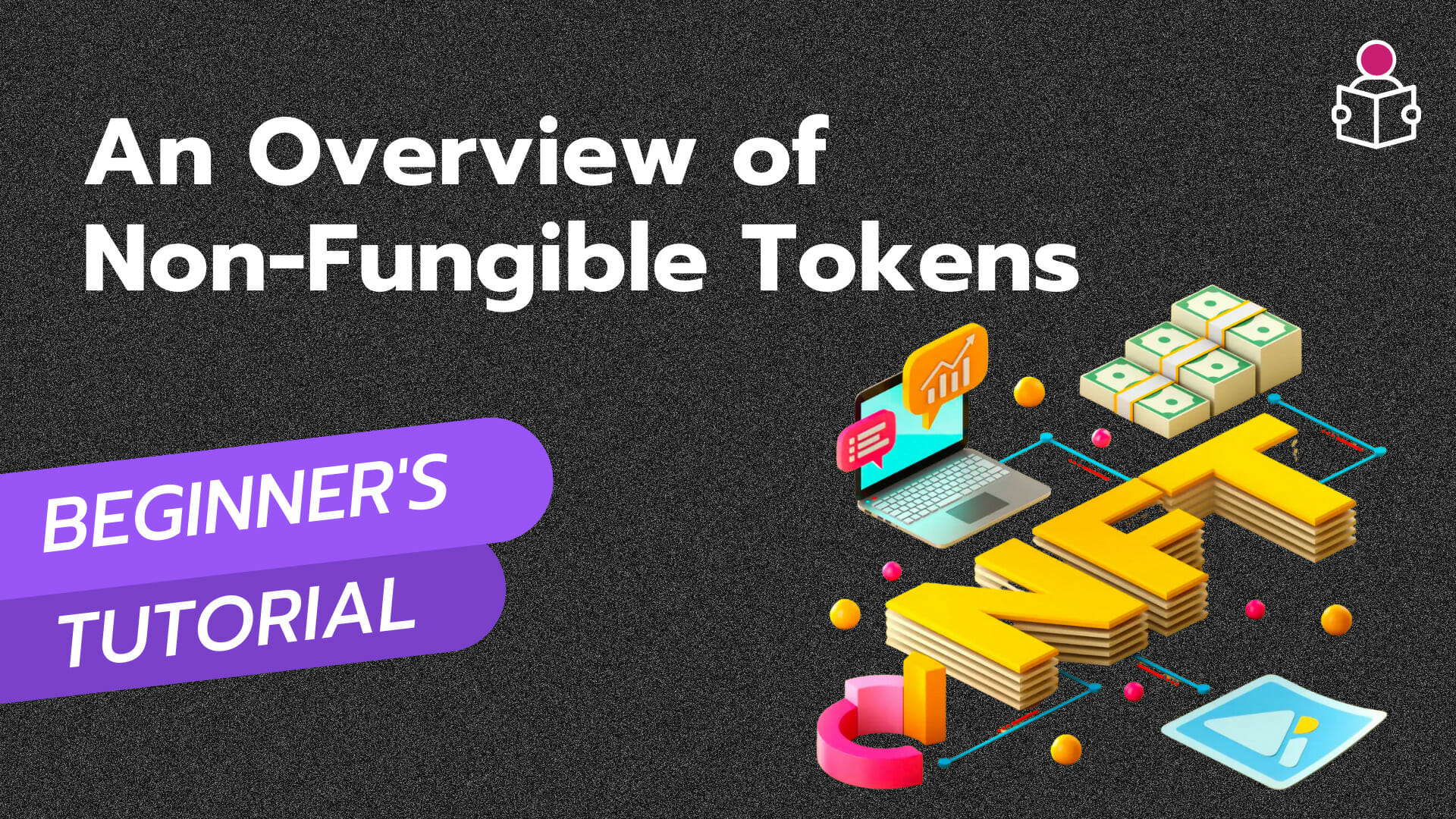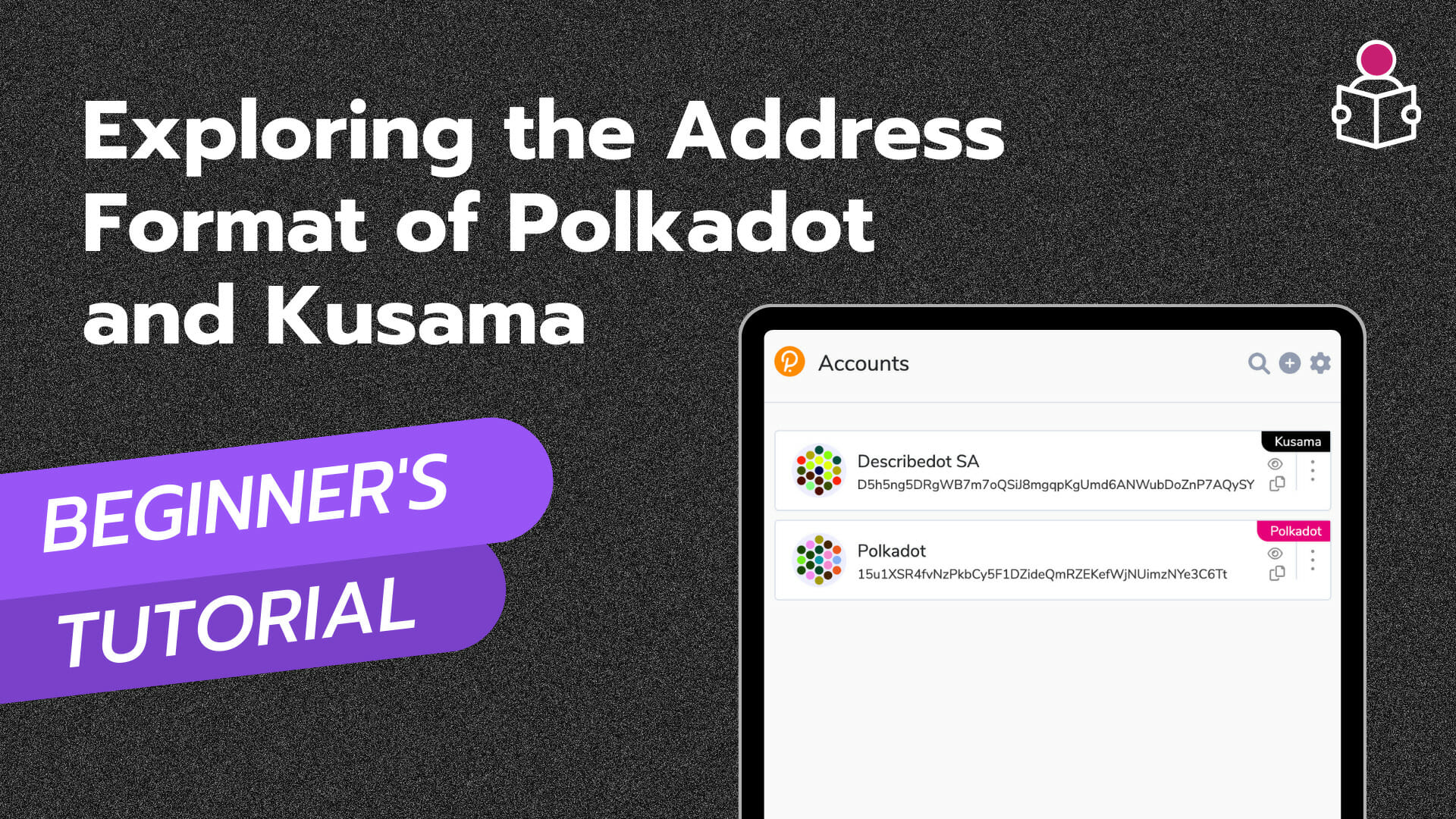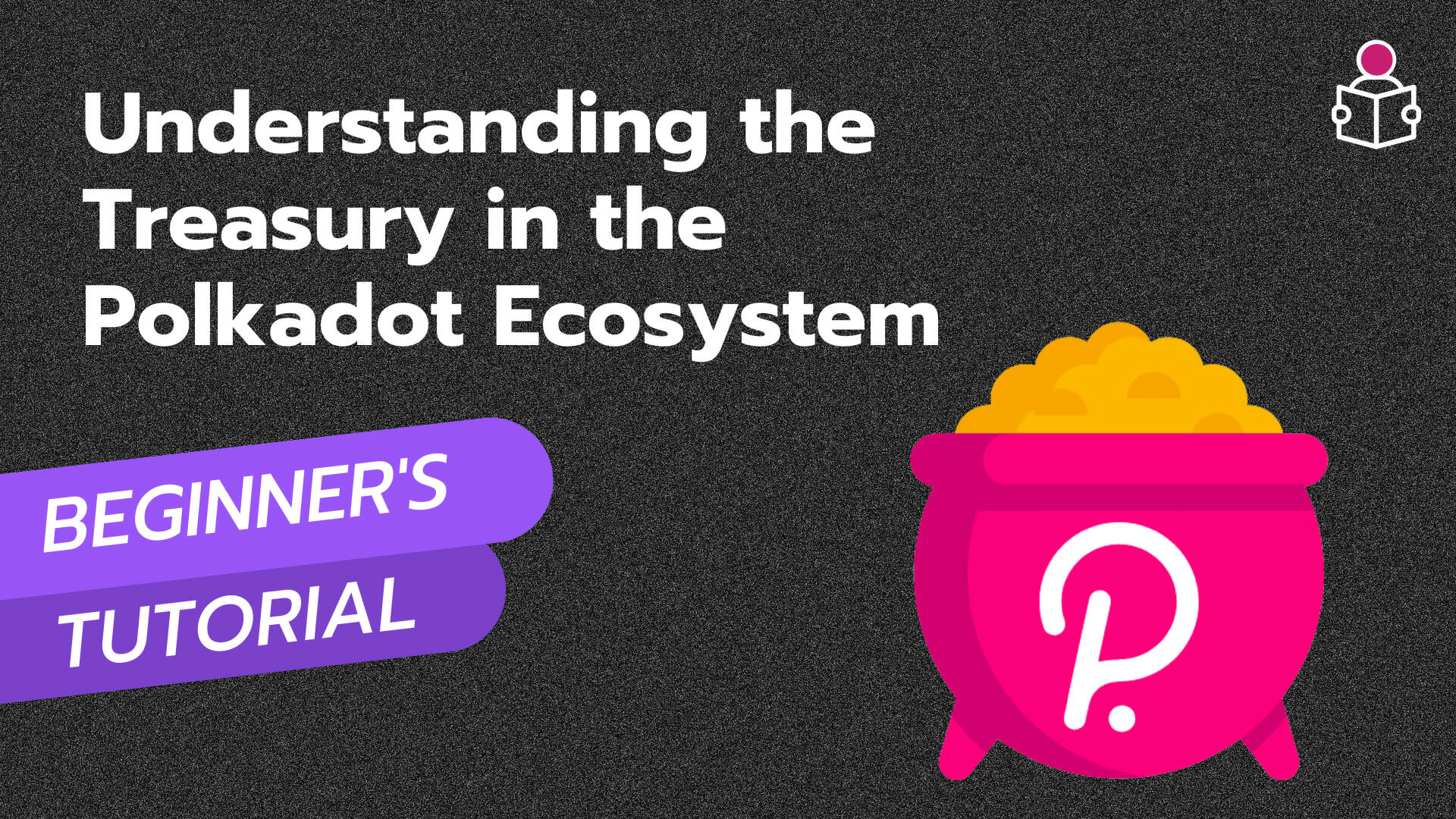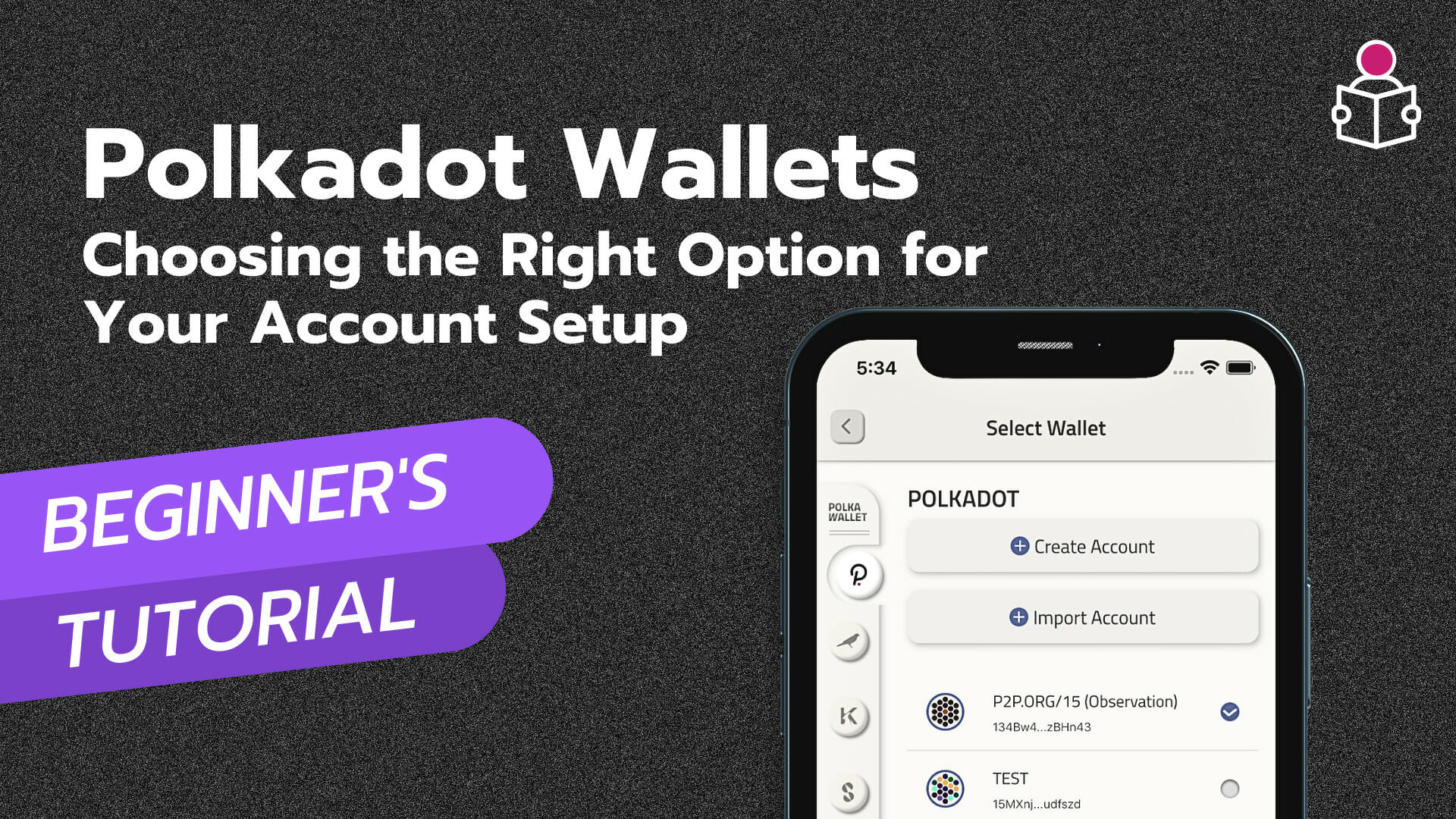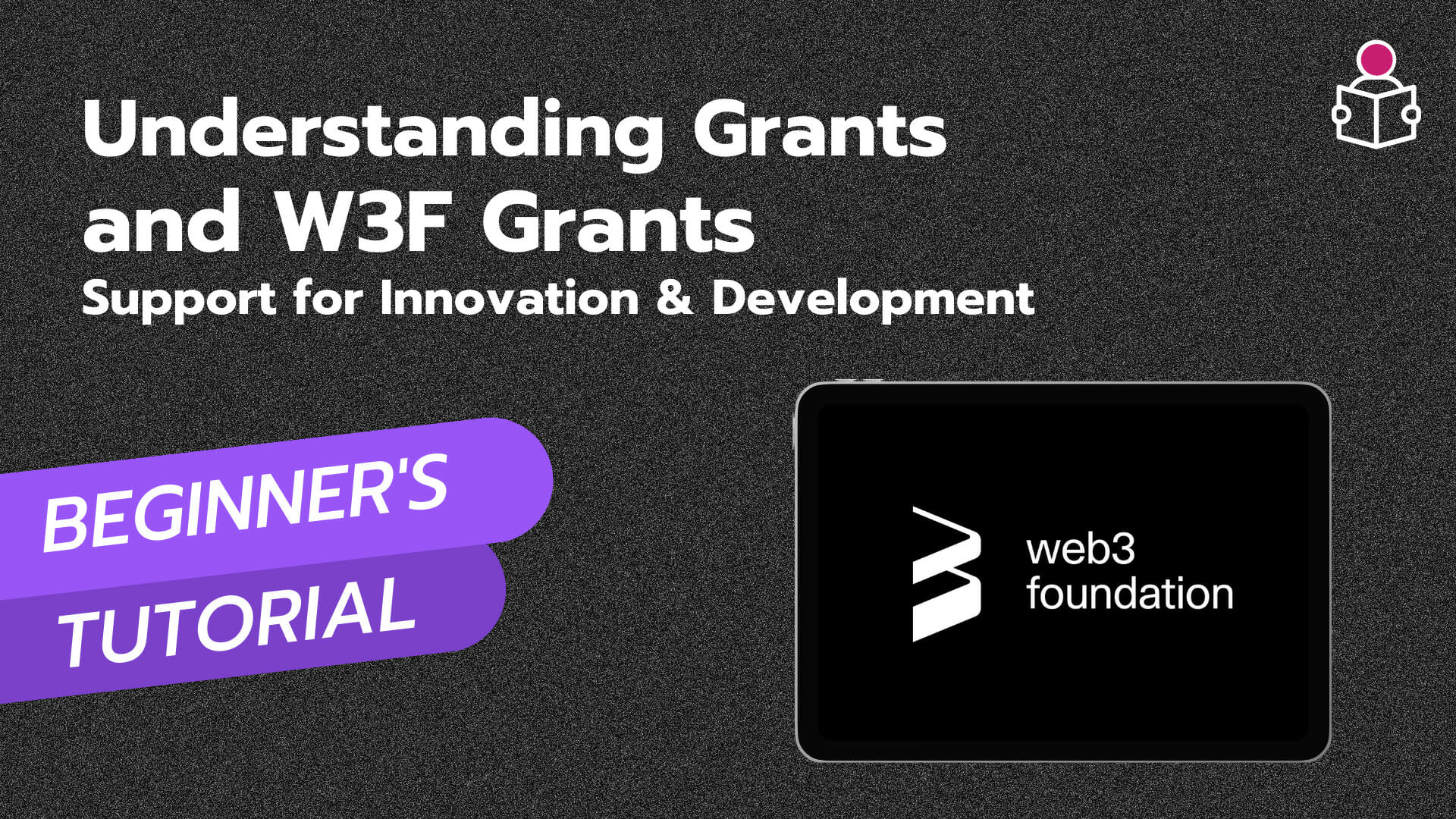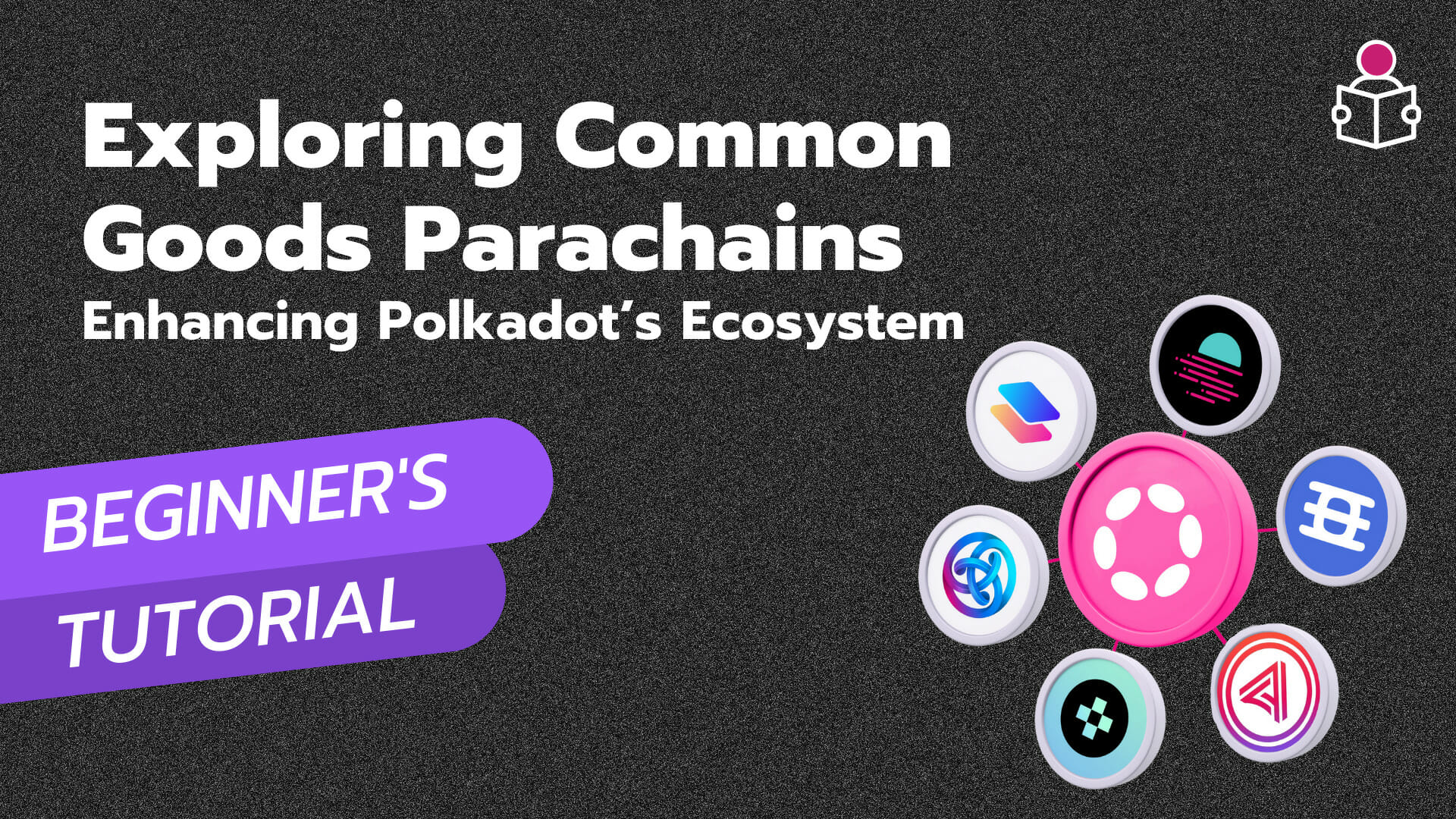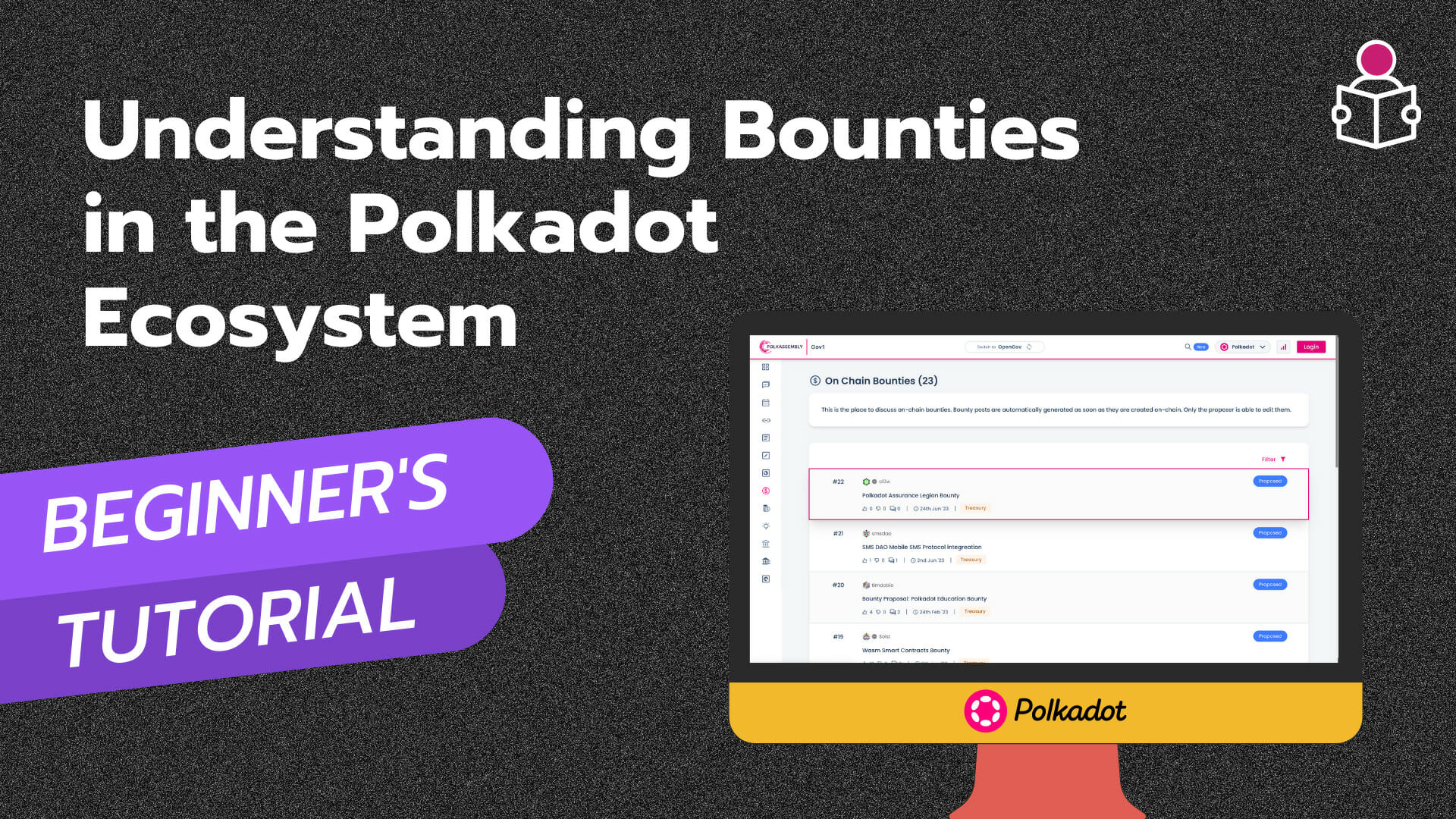In this informative Blog, we delve into the fascinating world of blockchain technology. We explore the fundamental concepts of blockchain, focusing on coins, tokens, and NFTs (non-fungible tokens). Understanding the differences and concepts behind coins and tokens is crucial, as they possess unique properties and use cases.
The Expanding Landscape of Blockchain Assets: A Closer Look
As the blockchain technology landscape continues to evolve rapidly, so does the diversity and complexity of digital assets within its ecosystem. Coins and tokens represent the backbone of this new digital economy, each serving a distinct purpose and playing a crucial role in the functionality of blockchain networks. In this blog, we’ll delve deeper into the world of blockchain assets, exploring their significance and applications within the Polkadot ecosystem.
Coins: The Native Assets
Coins, also known as native assets, are the backbone of any blockchain network. These are the primary tokens that fuel and power the network, acting as a medium of exchange for transactions and powering the decentralized applications (dApps) running on the blockchain. They serve as a store of value and enable users to participate in the governance and decision-making processes of the network.
One of the prime examples of a coin is Polkadot’s native asset, DOT. As the foundation of the Polkadot ecosystem, DOT serves as a utility token, granting users access to various functionalities within the network. From paying transaction fees to participating in network governance, DOT plays a critical role in shaping the future of Polkadot.
Tokens: Customisation and Innovation
In contrast to coins, tokens are not native to a specific blockchain network but are created using existing blockchain standards like ERC-20 (Ethereum Request for Comments). This versatility allows developers and projects to create their unique tokens tailored to specific use cases and applications.
The Polkadot ecosystem embraces this flexibility, allowing the creation of custom tokens through the Substrate framework. These tokens can represent virtual goods, like in-game assets or loyalty points, and even real-world assets such as gold or real estate. The power of tokens lies in their compatibility with the Polkadot network, enabling seamless interoperability and exchange across various applications and platforms.
A notable example of a token within the Polkadot ecosystem is the Acala (ACA) token. Acala is a decentralised finance (DeFi) platform built on Polkadot, and its native token, ACA, governs its ecosystem, incentivises liquidity providers, and supports various DeFi services.
NFTs: Uniqueness and Creativity
Non-fungible tokens (NFTs) have taken the digital world by storm, revolutionizing ownership and representation of unique assets. Unlike coins and tokens, NFTs are indivisible and non-interchangeable, making them ideal for representing exclusive digital assets like art pieces, music albums, collectibles, and more.
Polkadot’s support for NFT creation and trading opens up a realm of possibilities for artists, creators, and collectors. NFTs can be used to represent digital art, music, game items, and even virtual real estate, with smart contracts ensuring secure ownership and provenance.
Utility Tokens: The Specialized Assets
Utility tokens serve specific purposes within a blockchain ecosystem, providing access to particular services or platforms or acting as rewards for users’ contributions. Unlike other coins used for general exchange, utility tokens are designed to serve specialized functions within the network.
Within the Polkadot ecosystem, DOT itself is an example of a utility token. Its usage goes beyond being a mere medium of exchange; it plays an integral role in the network’s governance and participation in various functions.
Conclusion
Blockchain technology is revolutionising various industries by offering a decentralised, transparent, and secure environment for transactions and data storage. Understanding the key concepts of coins, tokens, and NFTs is essential to grasp the unique properties and use cases of these digital assets within the blockchain ecosystem.
As the blockchain technology continues to evolve and grow, we can expect more innovative use cases and applications for digital assets. Whether you are a beginner or an enthusiast, understanding the concepts of coins, tokens, and NFTs, as well as their roles within the blockchain ecosystem, will provide you with a solid foundation to navigate this exciting field.
Feel free to explore the projects and assets within the Polkadot ecosystem mentioned in this article. You can find more information about these projects on their official websites, social media handles, and Discord channels.
For any queries or further information related to Polkadot-based projects or blockchain assets, you can mention them in the comments or reach out to us via email at [email protected].
FAQ’s (Frequently Asked Questions)
Q: What is the difference between coins and tokens in blockchain technology?
Coins are native assets specific to a blockchain network, serving as the primary medium of exchange and powering the network’s functionalities. Tokens, on the other hand, are created using existing blockchain standards and can represent various assets or have specific use cases within the network.
Q: How are coins and tokens used within the Polkadot ecosystem?
In the Polkadot ecosystem, coins like DOT play a crucial role as utility tokens, enabling users to pay transaction fees, participate in network governance, and access various functions. Custom tokens can also be created using the Substrate framework, allowing for versatility and interoperability within the Polkadot network.
Q: What are NFTs, and how do they relate to blockchain technology?
Non-fungible tokens (NFTs) are unique digital assets that can represent art, music, collectibles, and more. They leverage blockchain technology to provide secure ownership and provenance of these exclusive assets. Polkadot supports NFT creation and trading, enabling artists and creators to embrace the potential of NFTs within the ecosystem.
Q: What are utility tokens, and how do they differ from other blockchain assets?
Utility tokens serve specific purposes within a blockchain ecosystem, granting users access to particular services, platforms, or rewards. Unlike general-purpose coins, utility tokens are designed for specialized functions within the network. DOT itself acts as a utility token in the Polkadot ecosystem, facilitating governance and various network functions.
Q: How does Polkadot promote innovation and interoperability with its blockchain assets?
Polkadot’s architecture and support for diverse assets empower developers and projects to create custom tokens, NFTs, and utility tokens tailored to their specific use cases. The interoperability feature of Polkadot enables seamless exchange and collaboration between different applications and platforms, fostering innovation within the ecosystem.

